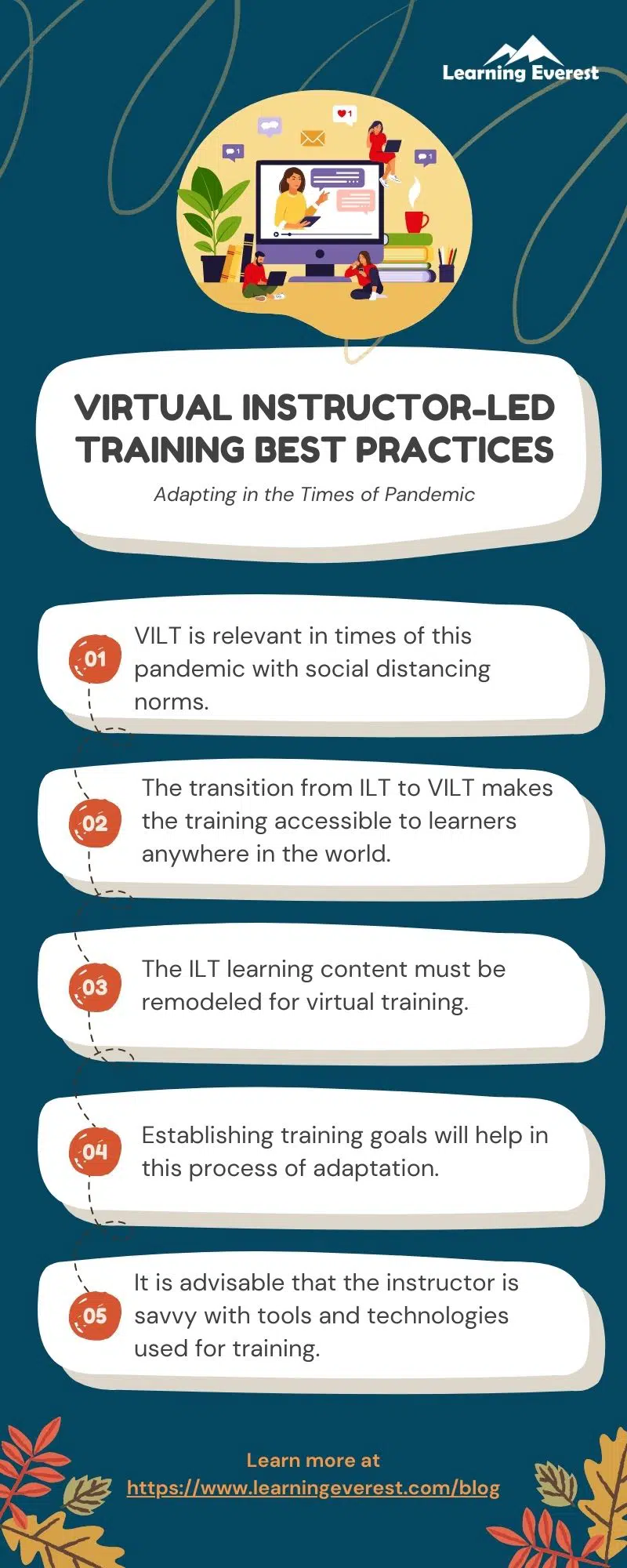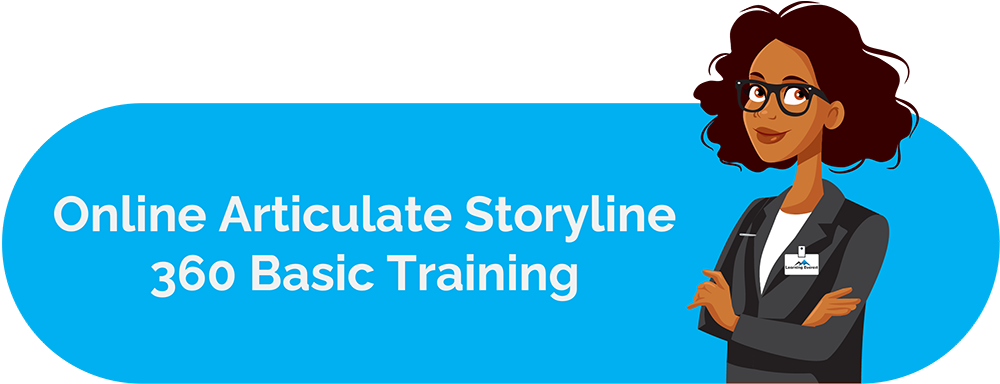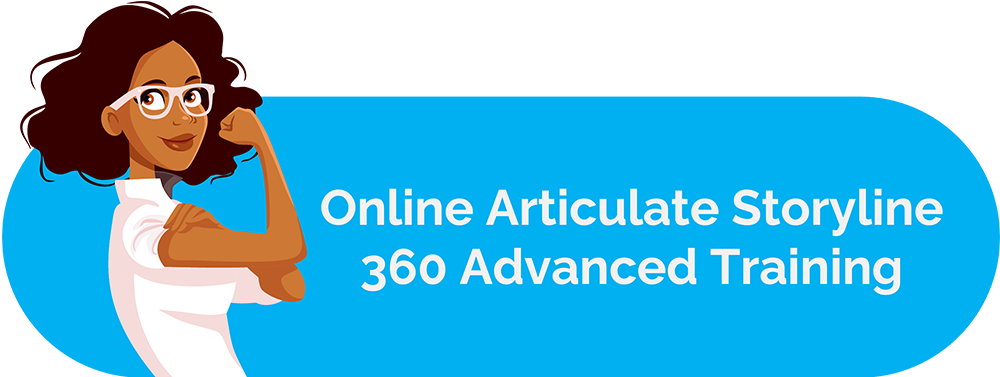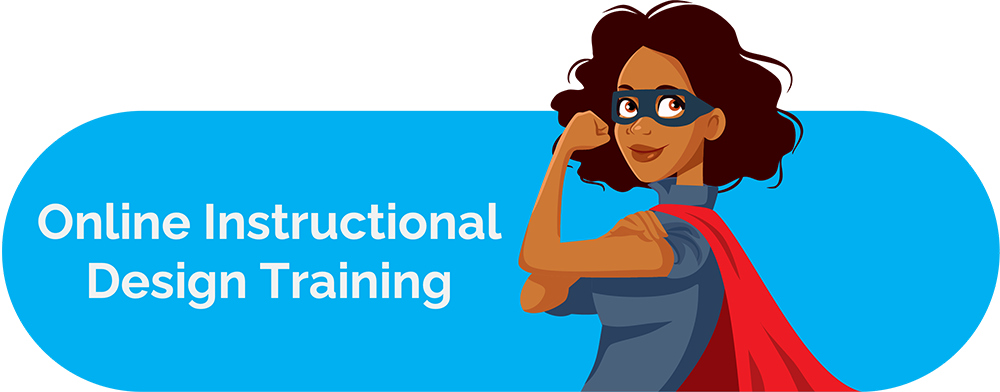Virtual Instructor-Led Training's best practices are significant. Though VILT increased due to stay-at-home orders during the pandemic, it continues as the preferred learning method now. Virtual Instructor-Led Training is delivered through a virtual environment. It is when the instructor and learner are in separate locations. Virtual learning aims to simulate a traditional classroom to make the online training experience effective and adaptable.
Table of Contents
Organizations often use VILT as a training strategy for professional development, skills training, and employee onboarding. There are two schools of thought regarding virtual instructor-led training that VILT should:
- Simulate the traditional classroom or learning experience
- Have a unique, customizable design and experience
This way of online learning allows organizations to train their employees at a controllable cost-effectively. Thus, organizations provide valuable learning experiences for employees, customers, and channel partners through VILT.
Participants of a VILT do have an opportunity to connect with the content. They can also interact with both the instructor and other classmates. The three essential factors that can affect the success of a VILT are technology, content, and delivery.
3 Pillars for Virtual Instructor-Led Training best practices
1. Technology
VILT technology is based on comprehensive collaboration software. This software features functionality, availability and is easy to use. The software has options for live conversation, chat, and quizzes monitored by facilitators. They also have tools for webinars, remote labs, and video conferencing.
2. Content
While designing a VILT program, the instructional designer must include mechanisms to communicate frequently. They keep the content engaging and collaborative. It must be organized around a comprehensive learning strategy.
3. Delivery
Facilitators must be skilled communicators. Skilled communicators can make the delivery compelling.
Difference between ILT and VILT
Instructor-Led Training
- ILT occurs in person and involves a trainer guiding a group of learners through the session.
- It is experiential and synchronous learning
- Trainers can assess how well learners understand the material.
- ILT has high costs and complicated logistics.
- The trainers may vary from session to session. Therefore, they are inconsistent.
Virtual Instructor-Led Training (VILT)
- VILT is remotely accessible.
- It is cost-effective training.
- Participants can join a VILT session from anywhere.
- Many tools engage learners in a VILT session and boost knowledge retention.
- There is no control over the learning environment.
- In VILT, it isn’t easy to assess nonverbal cues.
Adapting to VILT in the Pandemic
VILT is relevant in times of this pandemic with social distancing norms. The transition from ILT to VILT makes the training accessible to learners anywhere in the world. It proves to be a good return on investment. The ILT learning content must be remodeled for virtual training. Establishing training goals will help in this process of adaptation. In VILT, the instructor’s effectiveness is essential. Therefore, the trainers can be trained. They should be strong in content, communication, and assessment. It is advisable that the instructor is savvy with tools and technologies used for training.
Benefits of VILT
- Travel and lodging expenses are reduced or eliminated.
- Learners can choose when and where to participate in training courses. They can learn at the home, office, or using their mobile devices.
- The modular design of VILT makes it appealable to students and professionals. The content is short and can be completed independently.
- VILT can accommodate large numbers of learners. Even when the number of students increases, there is no need to increase the number of materials.
- It provides students and instructors from various cultures and geographic locations to participate simultaneously.
Best Practices for Virtual Instructor-Led Training
- VILT is the most effective when part of a larger company-wide training plan. Organizations must invest in a proper training program complete with virtual instructor-led courses that address the needs of each employee.
- Subject Matter Experts are highly experienced in their field. It is wise to choose the courses they suggest.
- The organization should track the VILT platform to understand its success. Track your employee’s progression and assign required courses.
- VILTs are shorter in duration. It is essential to focus on the significant elements of the learning experience. These elements include learner activities, speaking points, videos, handouts, etc. The training program must be designed with features that would make it impactful.
- Choose a VILT platform that fits your content. While determining the tools, choose the tools that will convey the content. The platform you choose should offer these tools.
- If your organization has a preferred platform, you can leverage the engagement tools and the elements in the platform you use.
- Keep the course engaged. The best practice is to engage with the learner every 3 minutes.
- It is recommended to give 10-minute breaks every hour. Gaps are essential because sitting in front of a screen for hours can create the danger of burnout. When learners are given a chance to step away, it can help them process information.
- The facilitator of the VILT must be someone who can understand the content. They must understand the platform.
- It is always a good idea to add support roles. A producer or technical director can be added to the team. This person can work with the facilitator to make the experience more accessible.
- An organization can create a content and interaction guide for the facilitator and producer. It gives a thorough understanding of the whole session.
- Outline the program. It must include the points that are to be discussed. Thus, nothing will be missed out.
- A guide for the learner can also be created. The learner’s guide aims to help the learners understand the VILT platform. The guide will help the participants use the platform for the first time.
- The learning materials for class can be given before. Worksheets can be sent to them before the course begins. Make sure that the learning materials are accessible to all the learners.
- The session can start with a demonstration of the different functionalities of the platform. It allows the participants to understand the various features and thus make the most out of the course.
Implementing VILT
Basic actions an organization can take when implementing a VILT platform:
- They invest in a quality training platform.
- They ensure that the platform provides the features needed to present its content.
- They make sure that the VILT platform would help employees’ personal development.
- They make sure that it fits the organization’s goals.
- They adjust the training practices based on the feedback by the employees.
- They promote Learning and Development in the organization.
Though technology has various benefits, it requires a high level of attention. The instructor must be well prepared with the technology. The following tips can help:
- Check the background, frame, and lighting while setting up the camera.
- Have a look at the participants’ videos, chat boxes, and comments.
- Speak audibly with confidence.
- Learn the course content.
To make your course more engaging:
- Include multimedia elements in your presentation or slides.
- Break lengthy presentations into multiple smaller parts.
- Create post-training exercises.
Infographics
Frequently Asked Questions (FAQs)
How do you effectively facilitate virtual training?
The following tips can be followed to facilitate virtual learning:
- Ensure you have stable technology.
- Implementing virtual icebreakers.
- Creating impactful slides.
- Encouraging active participation.
- Setting clear goals, ground rules, and expectations.
- Holding breakout groups.
- Utilizing the chat window.
- Creating a poll.
- Using a whiteboard.
- Scheduling breaks into the agenda.
How do you engage employees in virtual training?
The following steps can be taken to engage employees in virtual training:
- Using knowledge checks and assessments
- Integrating gamification into training
- Incorporating hands-on learning through extended reality
- Taking advantage of polling, breakout rooms, and q&as
- Sending out employee surveys
- Using microlearning to focus on one topic
What is better self-paced or instructor-paced?
The self-paced system has some advantages over the instructor-paced system. It allows the student to study sufficiently. They can also receive more personal and individualized contact with the instructional staff.
What is a virtual training session?
Virtual training is in a virtual environment or when the learner and the instructor are in separate locations. It can be done synchronously or asynchronously. It is highly interactive and has defined learning objectives and participants.






